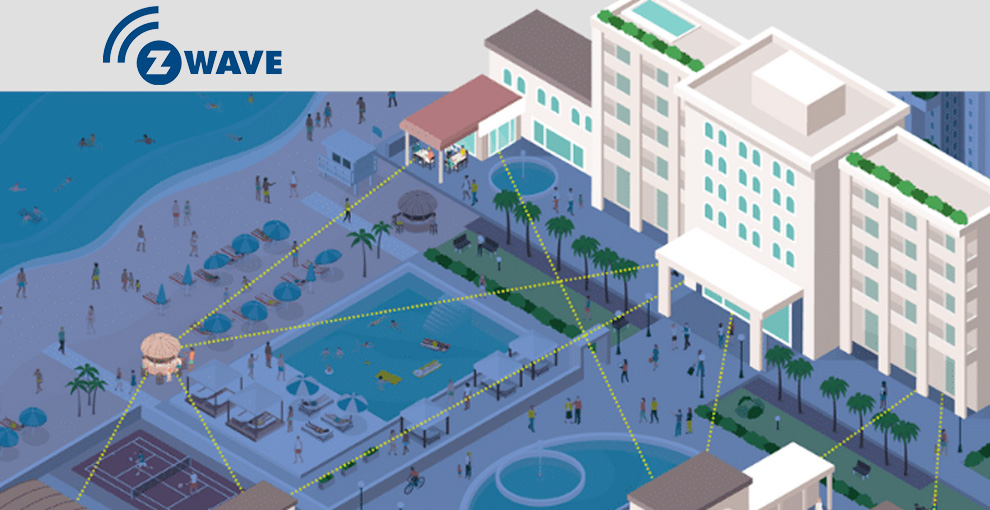
Sometimes the answer to a complicated question has been sitting in front of you, all along. At BlueConnect Partners, we’re technology agnostic, but looking at the smart home market, we see a lot of fresh opportunities for the long-established Z-Wave protocol. It’s always been a very good enabling technology. Today, thanks to recent evolutions, it may be the best choice for the foreseeable future.
There’s never been much of an argument against Z-Wave from a technology standpoint. Sure, your smartphone doesn’t have a sub-GHz radio for local control at the edge. Considering that most users by now are well accustomed to the cloud, how much of a drawback is that, really? Other than this obvious difference, how many relevant technical advantages do Wi-Fi or Bluetooth – not to mention other recipes like Zigbee, Thread, KNX, enOcean, et al – really have for smart home applications? Any?
The argument against Z-Wave from the manufacturer side was more about business than technology. Originally, it wasn’t a published standard; today it is. Originally, there were concerns about silicon availability; today it’s no longer single-source. Originally, the thought was that Wi-Fi and/or Bluetooth would ultimately dominate the market for connected objects. That didn’t happen. Z-Wave is more efficient, more secure, more battery friendly and now, longer range than these formulas, with an enormous, mature ecosystem of backward and forward-compatible smart home products that either would be jealous of. Ninety percent of U.S. smart alarm panels use Z-Wave; that presence won’t be changing anytime soon.
The latest would-be market dominator is said to be Matter. That hasn’t happened either, and given the pace of development, it’s a fair question to ask who’s really the tortoise in this race. We’re now going on five years since the standard was set, and another fair question is whether its promise of seamless interoperability will ever be reached. It’s worth asking — in the bigger picture, what motivation does Samsung really have to let Apple control the user experience (and feature set) for its smart devices? Or vice versa? Why would Ikea go to the trouble and expense of supporting all of the doodads of Philips smart lights when they sell their own less-ambitious smart lighting?
Matter can – and maybe someday will – solve a lot of consumer confusion. But that day is not here yet, not by a long shot. For smart home makers that don’t want to wager the next however many years on an ecosystem that may or may not ultimately work together as planned, it’s obvious there needs to be another choice. Fortunately, Z-Wave is not only the sensible alternative, but also a great choice.
The Z-Wave advantages for smart home devices are well known in the industry. That’s why it’s hung around so long and so well. But Z-Wave’s Long Range ZWLR technology promises to take IoT connectivity further, both in distance and market reach. The Z-Wave spec now supports a huge output power of 30dBm, which dramatically increases usable range natively, and can be leveraged to communicate with nodes that are literally miles apart. The technology can now scale to 4000 nodes.
Think of the present-day applications where ZWLR would be pertinent, like an MDU building. Companies like Shelley and Vision are already deploying long range products with these markets in mind. Even more interesting, consider the new applications that ZWLR now makes practical, like agriculture, campus security – even offshore monitoring. These guys have come a long way.
Big and splashy usually gets the headlines, but slow and steady wins the race. Z-Wave’s continual improvements on the business and technical ends makes it a technology that’s due for a breakthrough. Again.

Lew Brown, Senior Partner, is a consummate team builder, leader, deal maker, strategist and implementer in Consumer IoT, Consumer Technology and Consumer Goods.
# # #